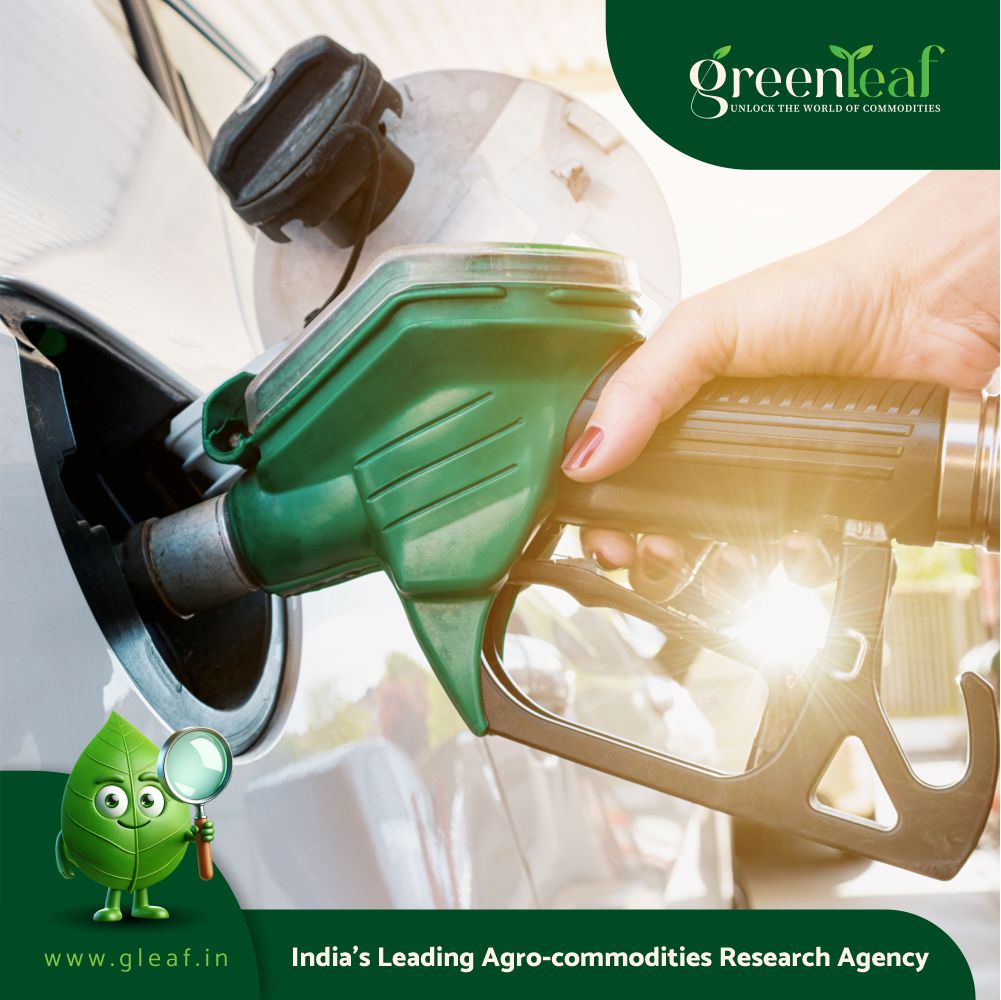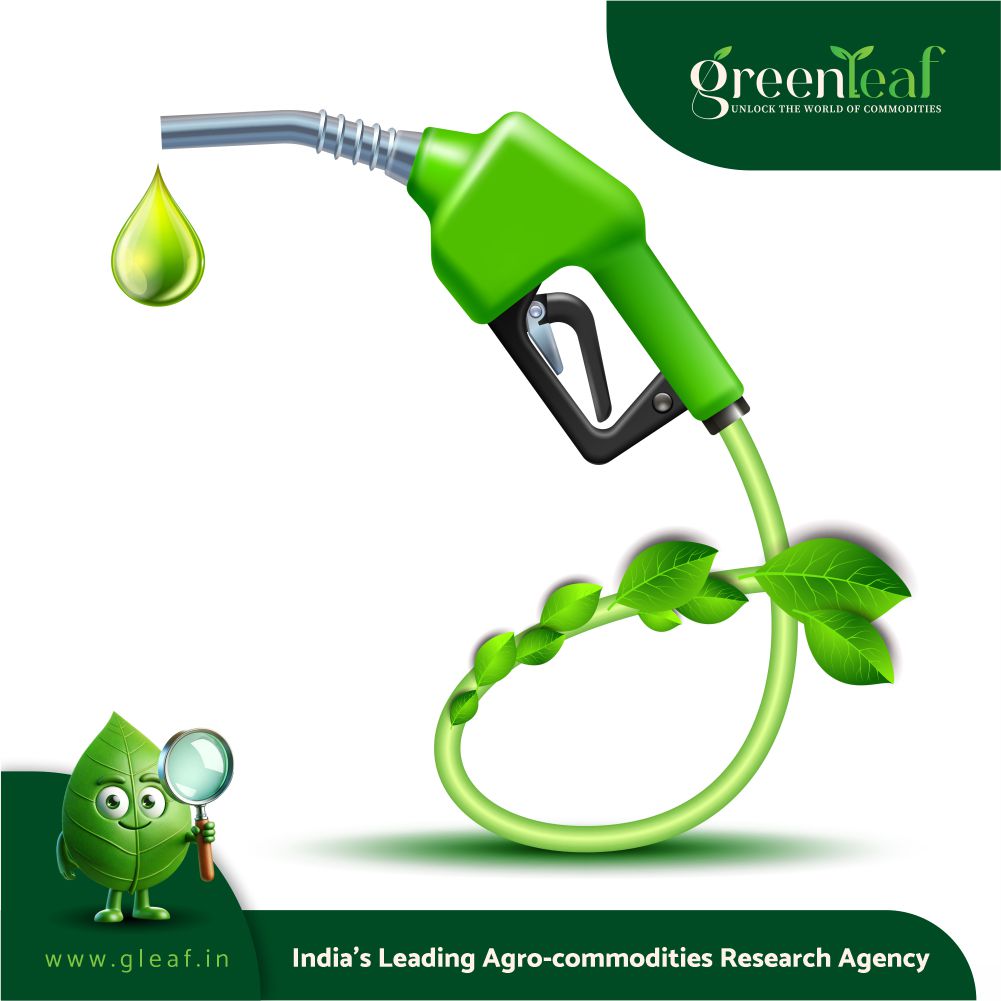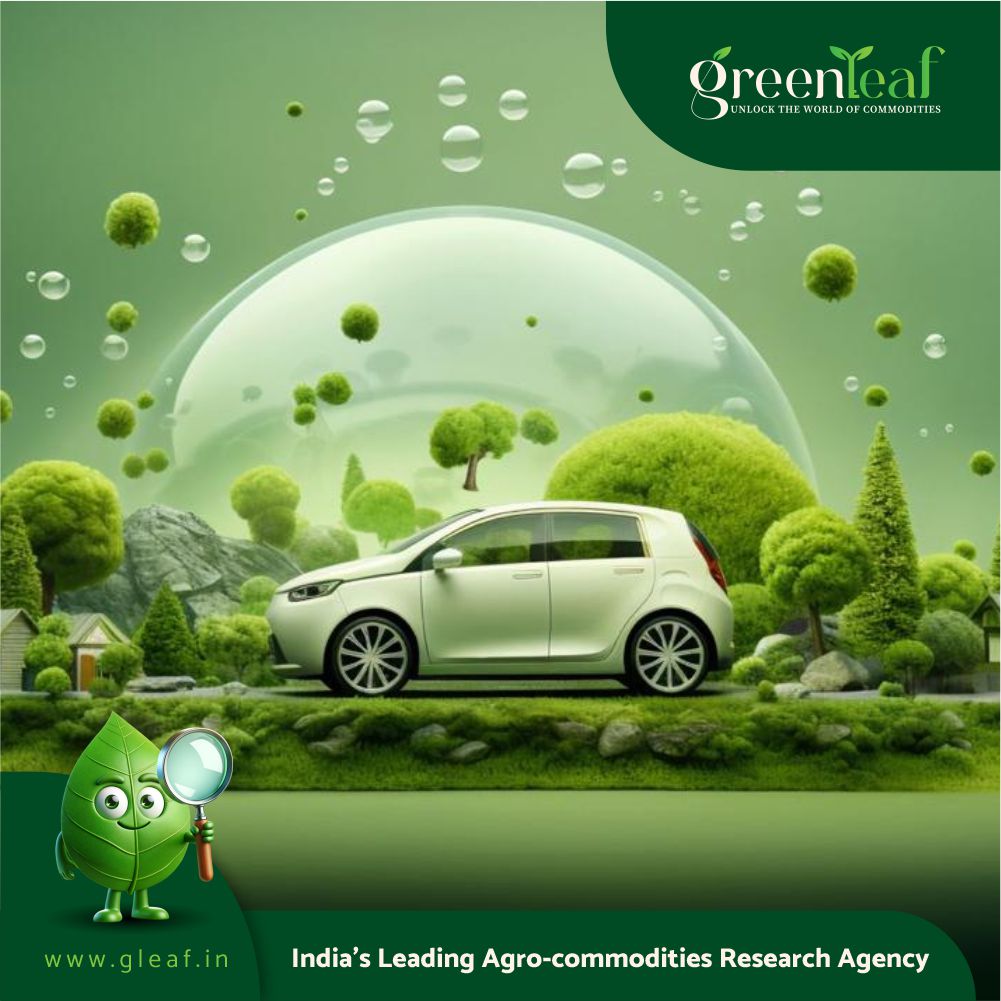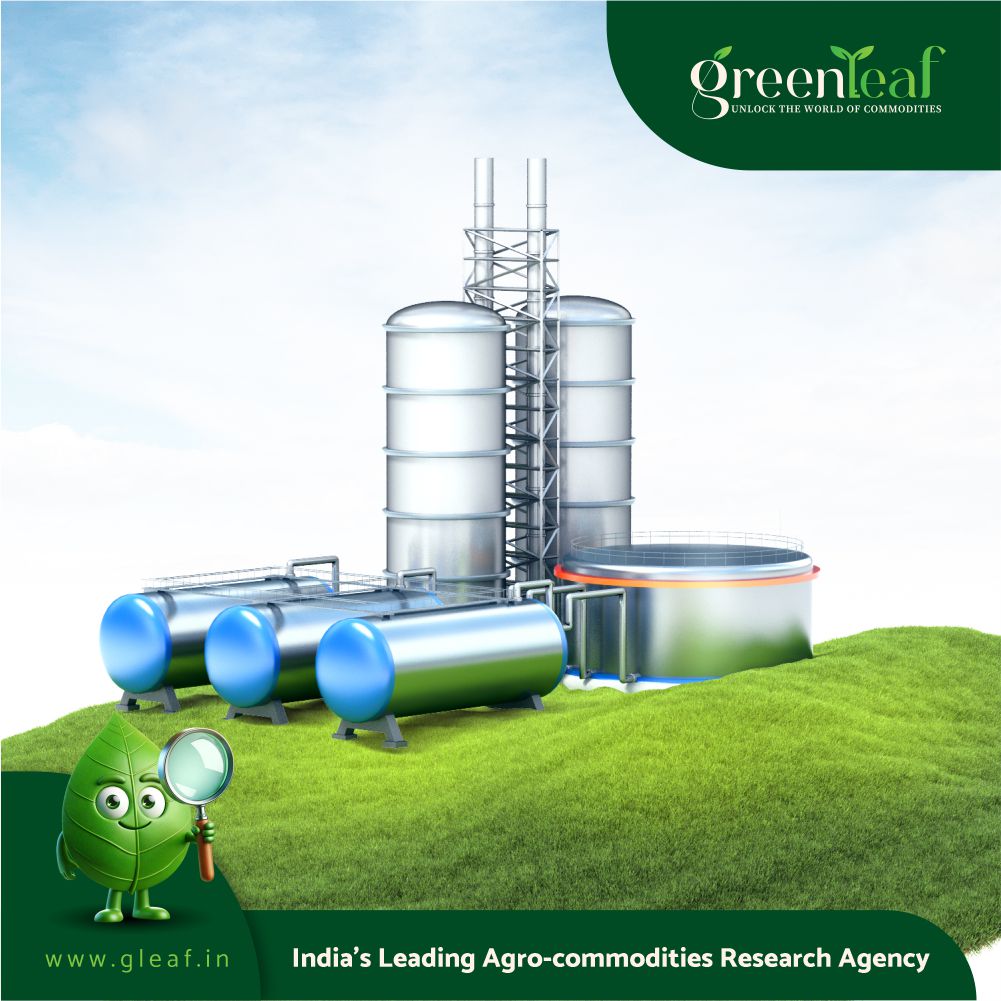India’s quest to meet its soaring energy demands and reduce carbon emissions is steering the nation towards biofuels, with ethanol emerging as a pivotal player. With the government’s ambitious goal of achieving a 20 per cent ethanol blend by 2025, the spotlight is shifting to corn as the vital feedstock for ethanol production. Diversifying ethanol feedstock sources is not just about meeting targets; it’s about strengthening energy security, promoting agricultural diversification, and reducing the environmental impact of fossil fuels. Ethanol-blended fuel burns cleaner than gasoline and enhances the fuel’s octane rating. Ethanol also has a higher oxygen content than MTBE, requiring only half the volume to achieve the same oxygenation level in gasoline. India stands as one of the most compelling success stories of ethanol blending in the current era.
This momentum presents a transformative opportunity that must not be missed. By scaling up ethanol to E30 and eventually E100, India can take a decisive step toward achieving true energy security, food security, and decarbonization targets. India achieved its 10 per cent ethanol blending target by June 2022. The E20 program now aims to reach a 20 per cent ethanol blend by 2025–26. To meet this target, India will likely require 165 lakh tonnes of maize ~ 48 per cent of the current production of 346 lakh tonnes. This means maize production must increase to 420-430 lakh tonnes by 2024–25 and 640-650 lakh tonnes by 2029–30. The Ministry of Agriculture aims to boost corn production by 10 million tonnes over the next five years. Home Minister Amit Shahhas urged farmers to grow corn with a guaranteed Minimum Support Price (MSP) and announced tie-ups of the entire production with biorefineries.
This is a path-breaking step by the government,paving the way for aCorn Revolution. Ethanol blending gained traction in countries like the United States and Brazil, which are no longer net importers of crude oil. In Brazil E100 sells for a lower price than gasoline, and in the United States, both E15 and E85 are significantly cheaper than E10 and offer higher octane ratings. (E10 is the conventional gasoline sold in the United States). India should develop a roadmap for ethanol from E30 up to E100. Blending ethanol in fuel helps achieve a range of benefits. Using domestically produced ethanol will reduce the imports of price volatile crude oil. Moreover, eth a nol from corn generates low-cost protein in the form of DDGS (Distillers Dried Grains with Solubles), along with locally available corn oil.
The aviation sector accounts for 13.9 per cent of transport-related emissions, making it the second-largest source of green house gas emissions in the transport sector. Through Government regulations and voluntary commitments, the sector has set ambitious targets to reduce its emissions. According to some estimates, global annual demand for SAF is expected to exceed 18 billion litres by 2030. India holds immense potential to become a leading global supplier of SAF. Ethanol is a proven alternative to LPG. It is a clean-burning cooking fuel that reduces emissions of carbon monoxide, particulate matter, and other pollutants. Ethanol is safer and easier to use, store and transport than biomass fuels. It does not produce smoke, sparks, or ash. Bioethanol is classified as a clean cooking fuel under the 2014 WHO guidelines.
Ethanol is a foundational chemical for producing a wide range of renewable chemicals with low carbon intensity. Just as petroleum is used to produce ethylene-an essential building block in the chemical industry ethanol can also be used to produce ethylene at world-scale plants. Ethylene is central to today’s trillion- dollar global petrochemicals market. As a rule-of-thumb, each metric ton of ethylene produced from ethanol saves three metric tons of GHG emissions. The ethylene derived from ethanol requires no changes to downstream processes. Just like petroleum-based ethylene, renewable ethylene from ethanol can be used to produce wide range of green sustainable chemicals and polymers. Such as – Ethylene glycols, Polyethylene, PET (Polyethylene Terephthalate) and PVC (Polyvinyl Chloride).
Both 1G and 1.5G ethanol production technologies are available in India. Additionally, 2G technology is under development in several Indian laboratories. First generation (1G) facilities produce ethanol by fermenting sugars from sugarcane, sugar beet, or cereal seeds. Hybrid technologies now enable the conversion of cellulosic sugar found in corn kernel fiber. This innovation bridges the gap between corn-based ethanol and cellulosic ethanol, using 1.5G technology. India’s current success with ethanol blending provides a launchpad for a Corn Revolution. This moment presents a unique opportunity to advance energy security, food security, and decarbonization.
• Policy Support:The Indian government should develop and implement a comprehensive policy framework with financial support to promote the corn-to ethanol sector, drawing lessons from the USA and Brazil.
• Blending Mandates: Increase the mandatory blending percentage of corn ethanol to E30 and eventually E100 to incentivize demand and attract investment.
• Mega Biorefineries: Incentivize the setup of mega biorefineries (1,250 -1,500 KLPD), led by PSUs and private refiners, alongside duty-free imports of yellow dent corn (GM).
• Infrastructure Development: Invest in storage and transportation infrastructure to support the growing corn ethanol industry. • Agricultural Mission Mode: SupportIndian farmers in cultivating yellow dent corn on a mission mode, including considering the allowance of GM (non-edible)yellow dent corn for ethanol.
• Import Strategy: Rather than importing ethanol, allow dutyfree imports of yellow dent corn for domestic ethanol production. This approach would be more strategic and economically beneficial.
• Ethanol Mission: Launch an ethanol mission, similar in scale and budget to the Green Hydrogen Mission, encompassing production, R&D, infrastructure, skill development,and safety.
• Certification Standards: Develop and implement certification standards for corn ethanol to ensure environmental and social integrity throughout the value chain. By embracing these strategies, India can emerge as a global ethanol powerhouse. This approach will boost rural employment, reduce reliance on crude oil imports, lower emissions, and contribute significantly to GDP and sustainable development.















